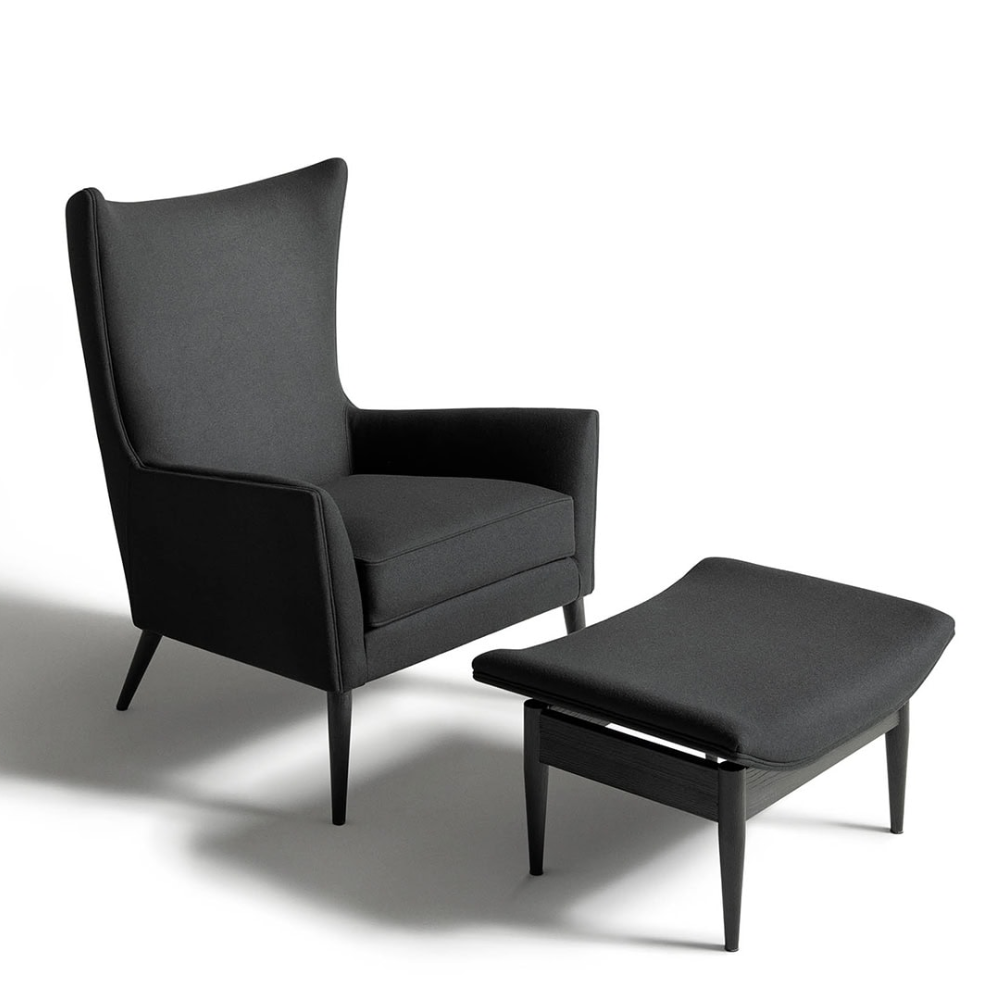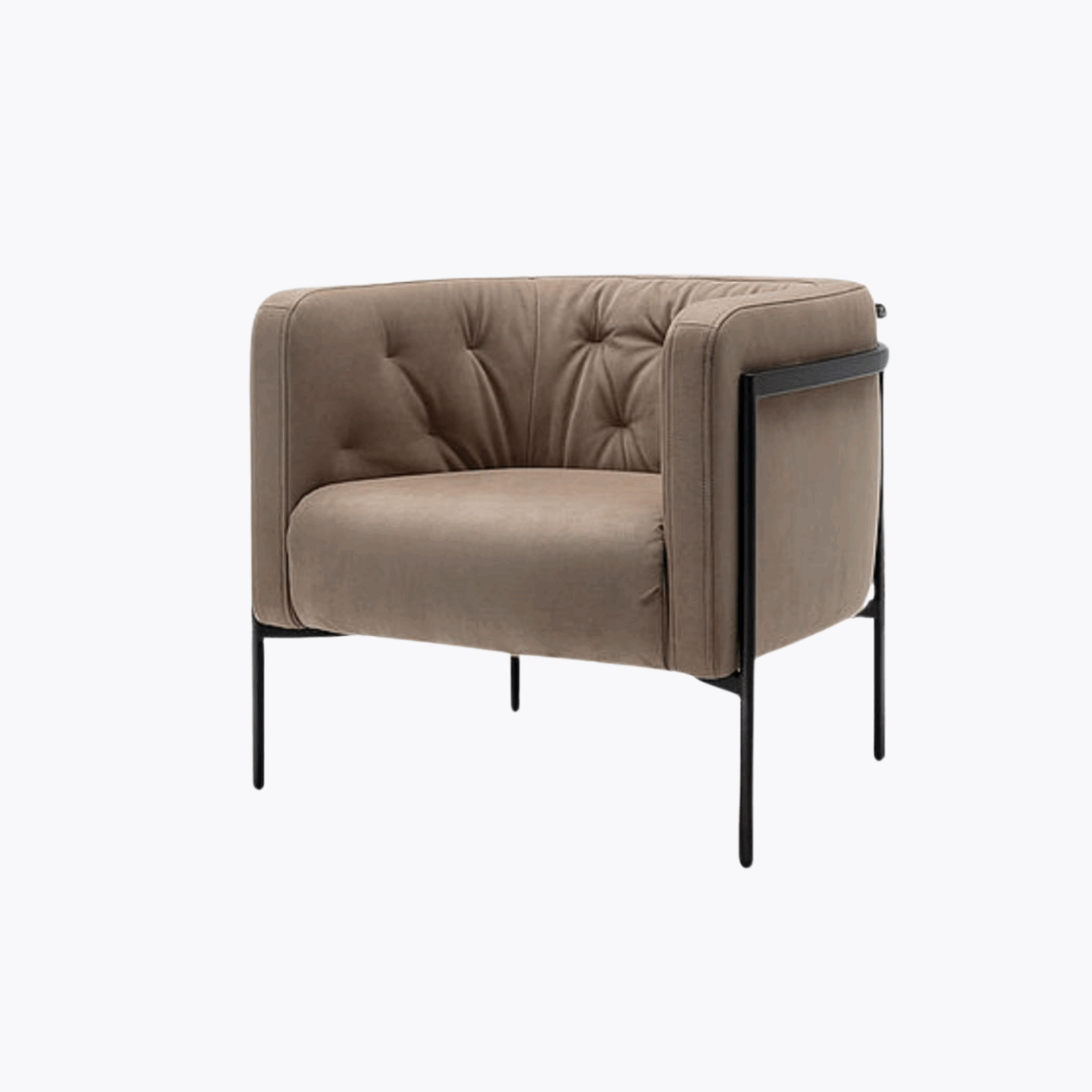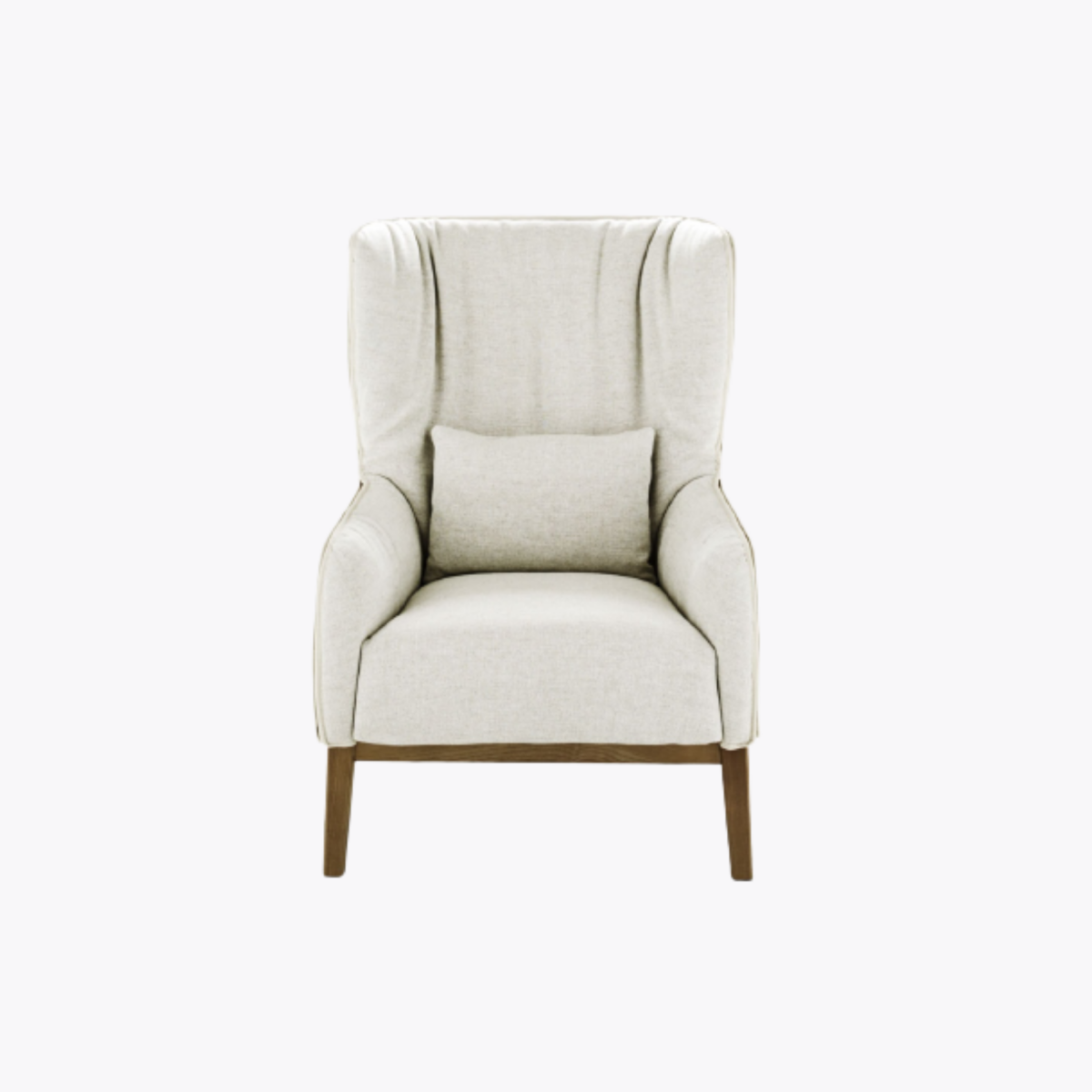Paul McCobb – Pioneer of American Modern Design
Paul McCobb first gained recognition in 1948 as a design and decorating consultant for Martin Feinman’s Modernage Furniture in New York City. It was during his time at Modernage that he met B.G. Mesberg, who would later become his business partner in developing the iconic Planner and Directional furniture lines.
Though best known for his furniture, McCobb also designed radios and televisions for CBS-Columbia, Hi-Fi consoles for Bell & Howell, and a variety of household products. He served as a design consultant to major corporations such as Singer, Alcoa, Goodyear, Columbia Records, and Remington Rand. For many years, he traveled across the United States, participating in speaking engagements, panel discussions, and appearances on radio and television. He also authored a syndicated design column that was featured in newspapers nationwide.
In addition to his public presence, McCobb taught design at the Philadelphia Museum School of Art.
His work was recognized with five Good Design Awards from the Museum of Modern Art between 1950 and 1955, as well as the Philadelphia Museum of Art’s “Contribution to Better Design” Award in 1959.
McCobb’s design philosophy centered on simplicity of form and the absence of ornamentation. Influenced by his New England roots and Shaker design principles, he combined slender, linear profiles with sculptural qualities. His work offered a modern reinterpretation of traditional forms, drawing on Scandinavian craftsmanship and the clarity of the International Style. He favored durable and affordable materials such as iron, solid wood, and robust upholstery, creating pieces that were both elegant and accessible.




